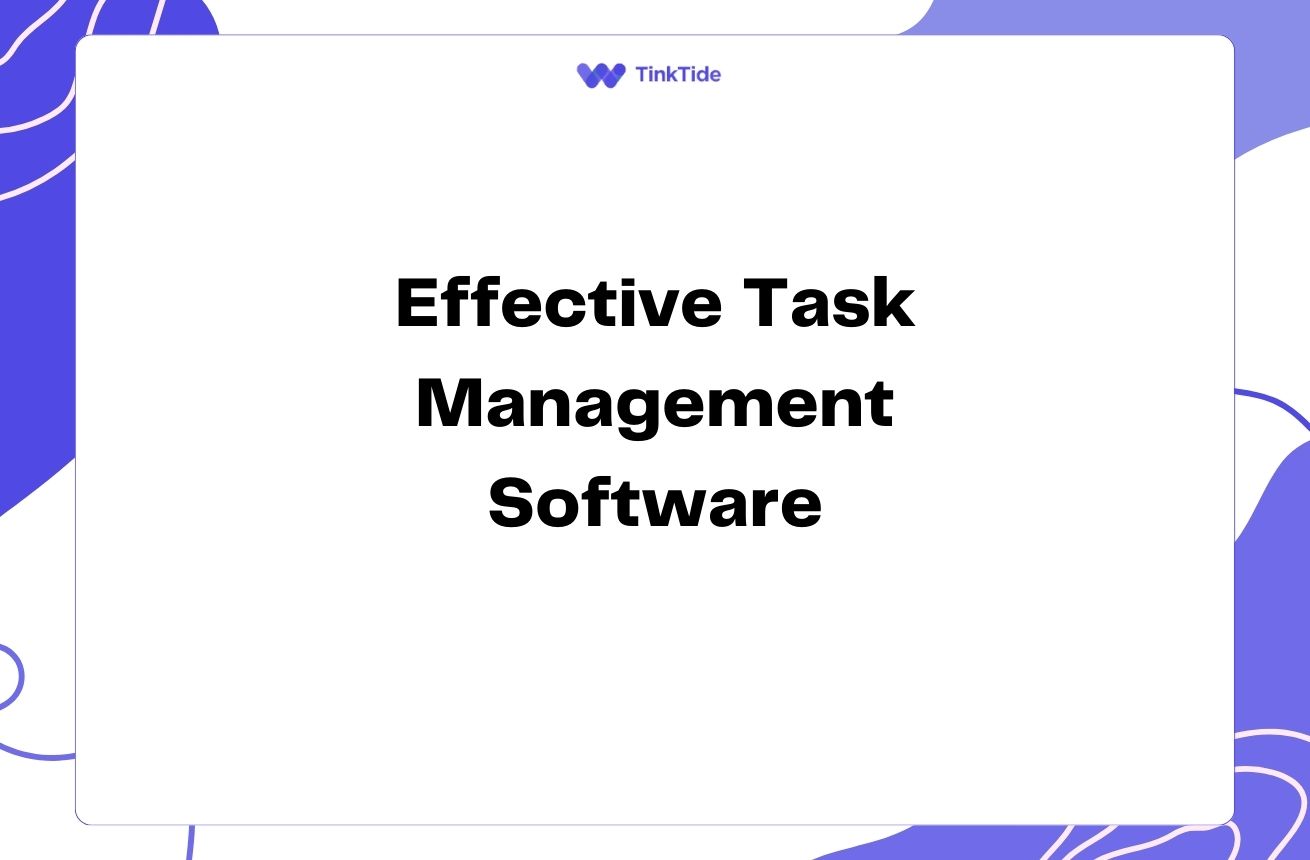Harnessing Customer Feedback to Boost Products and Marketing
The Power of Customer Feedback
Customer feedback is the lifeblood of successful businesses. It provides invaluable insights into your products, services, and overall customer experience. By actively seeking and leveraging customer feedback, you can make data-driven decisions to improve your offerings and marketing strategies.
According to a PwC study, 73% of consumers point to customer experience as an important factor in their purchasing decisions. This underscores the importance of gathering and acting on customer feedback to enhance your products and marketing efforts.
By implementing a robust feedback system, you can identify pain points, uncover new opportunities, and build stronger relationships with your customers. This approach not only leads to better products but also more effective marketing strategies that resonate with your target audience.
Effective Methods for Gathering Customer Feedback
To harness the power of customer feedback, you need to implement effective collection methods. Here are some proven techniques:
- Surveys: Use tools like SurveyMonkey or Typeform to create and distribute surveys.
- Social media monitoring: Track mentions and comments on platforms like Twitter and Facebook.
- Customer interviews: Conduct one-on-one interviews or focus groups for in-depth insights.
- Website feedback forms: Implement easy-to-use feedback forms on your website.
- Net Promoter Score (NPS): Measure customer loyalty and satisfaction with this widely-used metric.
Analyzing and Prioritizing Feedback
Once you've collected customer feedback, it's crucial to analyze and prioritize it effectively. Start by categorizing feedback into themes or topics, such as product features, customer service, or user experience.
Use data analysis tools like Tableau or Power BI to visualize trends and patterns in your feedback data. This will help you identify the most pressing issues and opportunities for improvement.
Prioritize feedback based on factors such as frequency of mentions, potential impact on customer satisfaction, and alignment with your business goals. This approach ensures that you focus your resources on the most critical areas for improvement.
Refining Products Based on Customer Insights
Use customer feedback to drive product improvements and innovations. Here's how:
1. Identify pain points: Look for recurring issues or frustrations mentioned by customers and address them in your product updates.
2. Prioritize feature requests: Use customer input to guide your product roadmap and prioritize new features that align with user needs.
3. Iterate and test: Implement changes based on feedback, then gather more feedback to ensure the improvements are effective.
By continuously refining your products based on customer insights, you can create offerings that truly resonate with your target audience and stand out in the market.
Enhancing Marketing Strategies with Customer Feedback
Customer feedback is a goldmine for improving your marketing strategies. Here's how to leverage it:
1. Refine messaging: Use customer language and pain points in your marketing copy to create more relatable and compelling content.
2. Identify new segments: Discover new customer segments or personas based on feedback patterns and tailor your marketing accordingly.
3. Improve targeting: Use insights from customer feedback to refine your audience targeting on platforms like Facebook Ads or Google Ads.
By aligning your marketing strategies with customer feedback, you can create more effective campaigns that resonate with your audience and drive better results.
Implementing a Continuous Feedback Loop
To maximize the benefits of customer feedback, implement a continuous feedback loop:
- Collect feedback regularly through various channels
- Analyze and prioritize insights
- Implement changes based on feedback
- Communicate improvements to customers
- Gather new feedback on the changes
- Repeat the process
Measuring the Impact of Feedback-Driven Improvements
To ensure your feedback-driven improvements are effective, it's essential to measure their impact. Track key performance indicators (KPIs) such as customer satisfaction scores, retention rates, and revenue growth.
Use tools like Google Analytics to monitor website engagement and conversion rates. For product improvements, track usage metrics and feature adoption rates.
Regularly review these metrics to assess the effectiveness of your improvements and identify areas that may need further refinement. This data-driven approach will help you continuously optimize your products and marketing strategies.
Address common questions
Here are some frequently asked questions about leveraging customer feedback:
How often should we collect customer feedback?
It's best to collect feedback continuously through various channels. However, for structured surveys, aim for quarterly or bi-annual collection to track changes over time without overwhelming customers.
What's the best way to encourage customers to provide feedback?
Make it easy and rewarding for customers to give feedback. Use short, mobile-friendly surveys, offer incentives like discounts or entry into a prize draw, and clearly communicate how their feedback will be used to improve their experience.
How can we handle negative feedback constructively?
View negative feedback as an opportunity for improvement. Respond promptly and empathetically, take responsibility for issues, and communicate clear steps for resolution. Use the insights to drive meaningful changes in your products or processes.
What's the role of AI in processing customer feedback?
AI can help analyze large volumes of feedback quickly, identifying trends and sentiment that might be missed by human analysis. Tools like natural language processing can categorize and prioritize feedback automatically, saving time and improving accuracy.
How can we ensure customer feedback leads to actionable insights?
Create a structured process for reviewing and acting on feedback. Assign ownership of insights to relevant teams, set clear timelines for addressing issues, and regularly report on progress. Involve cross-functional teams to ensure a holistic approach to implementing improvements.
Provide additional resources
The Ultimate Guide to Customer Feedback
Comprehensive guide on collecting and utilizing customer feedback
How to Create a Customer Feedback Loop
Step-by-step guide to implementing a continuous feedback loop
Customer Feedback Tools
List of top-rated customer feedback tools and software
Measuring Customer Satisfaction: CSAT, CES and NPS
Guide to key customer satisfaction metrics
How to Use Customer Feedback for Product Development
Strategies for incorporating customer feedback into product development
Summarize key takeaways
Leveraging customer feedback is crucial for refining your products and marketing strategies. By implementing effective feedback collection methods, analyzing insights, and creating a continuous improvement loop, you can enhance customer satisfaction and drive business growth.
Remember that customer feedback is an ongoing process. Regularly seek input, act on insights, and measure the impact of your improvements to stay ahead in today's competitive market.
Start implementing these strategies today to transform your customer feedback into a powerful tool for business success. Your customers' voices are your greatest asset – it's time to listen and act.
Elevate Your Customer Feedback Strategy
Ready to harness the power of customer feedback? Start your journey to improved products and marketing today.
Start Your Free Trial

